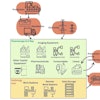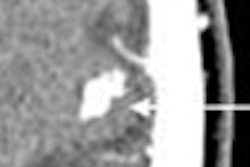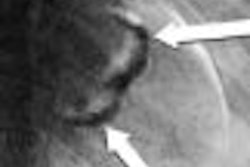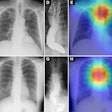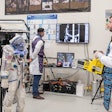Dear Digital X-Ray Insider,
One of the oft-stated benefits of computed radiography (CR) is that it can lower the x-ray dose delivered to patients, thanks to reduced retake rates compared to film-screen radiography. That's because radiologic technologists working with CR can use image processing techniques to salvage what might have been unusable images -- either overexposed or underexposed -- in analog radiography.
That's the theory. As in most things, the reality can be different. What sometimes happens is that facilities using CR experience "exposure creep," as RTs turn up the exposure parameters on CR equipment in hopes of producing better-quality images and avoiding retakes.
The exposure-creep phenomenon is the subject of this week's Insider Exclusive, provided to Digital X-Ray Community Insiders before the rest of the AuntMinnie.com membership receives it.
The article profiles a study produced by an Australian group that sought to examine how exposure creep occurs at a pair of hospitals in the country, and whether exposure parameters can be reduced to levels below those recommended by CR manufacturers while preserving diagnostic image quality. You can find out what they discovered by clicking here.
In other recent news in the community, we examine the nascent technique of dual-energy subtraction in an article by staff writer Wayne Forrest. As the article indicates, dual-energy subtraction is a potentially promising technique for better detection of obscure pathology, but it requires more time to both acquire and interpret images. See what several experts have to say about it by clicking here.
Feel free to send any ideas, comments, and suggestions for future articles on digital x-ray to me at [email protected].



